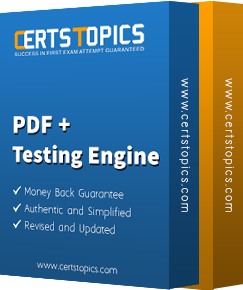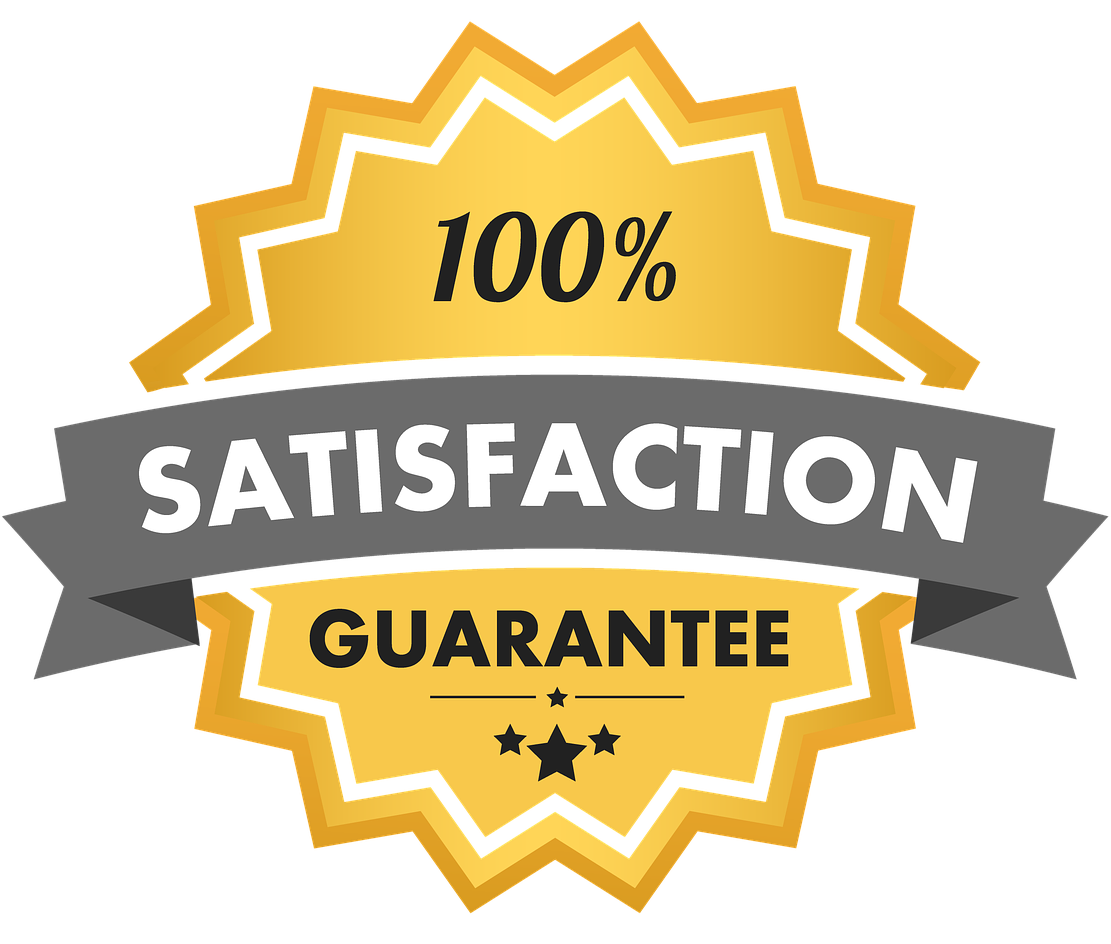Scaled Agile SP-SAFe-Practitioner Exam Dumps FAQs
Q. # 1: What is the Scaled Agile SP-SAFe-Practitioner Exam?
The Scaled Agile SP-SAFe-Practitioner Exam is a certification exam designed to validate your knowledge and skills in applying the Scaled Agile Framework (SAFe) principles and practices.
Q. # 2: Who is the target audience for the Scaled Agile SP-SAFe-Practitioner Exam?
The target audience for the Scaled Agile SP-SAFe-Practitioner exam includes Agile practitioners, team leaders, project managers, and anyone involved in implementing SAFe in their organization.
Q. # 3: What topics are included in the Scaled Agile SP-SAFe-Practitioner Exam?
The Scaled Agile SP-SAFe-Practitioner exam covers topics such as Lean-Agile principles, SAFe core values, Agile team characteristics, planning and executing iterations, and continuous delivery pipeline.
Q. # 4: How many questions are on the Scaled Agile SP-SAFe-Practitioner Exam?
The Scaled Agile SP-SAFe-Practitioner exam consists of 45 questions.
Q. # 5: What is the duration of the Scaled Agile SP-SAFe-Practitioner Exam?
The Scaled Agile SP-SAFe-Practitioner exam duration is 90 minutes.
Q. # 6: What is the passing score for the Scaled Agile SP-SAFe-Practitioner Exam?
The passing score for the Scaled Agile SP-SAFe-Practitioner exam is 35 out of 45 (77%).
Q. # 7: How can CertsTopics help me prepare for the Scaled Agile SP-SAFe-Practitioner Exam?
CertsTopics offers a wide range of SP-SAFe-Practitioner PDFs and testing engine materials to help you prepare for the SAFe for Teams Certification Exam. Our SP-SAFe-Practitioner exam dumps and practice exams are designed to give you a thorough understanding of the exam topics.
Q. # 8: Are the CertsTopics SP-SAFe-Practitioner practice tests updated regularly?
Absolutely! CertsTopics ensures that our SP-SAFe-Practitioner practice tests are regularly updated to reflect the latest changes in the Scaled Agile SP-SAFe-Practitioner Exam. Our team constantly monitors updates from Scaled Agile to ensure that the SP-SAFe-Practitioner practice test material are as accurate and relevant as possible.
Q. # 9: Are there any discounts available for CertsTopics SP-SAFe-Practitioner study materials?
CertsTopics often offers discounts and promotional offers for SP-SAFe-Practitioner exam questions material. Check our website for current deals on SP-SAFe-Practitioner study materials.






